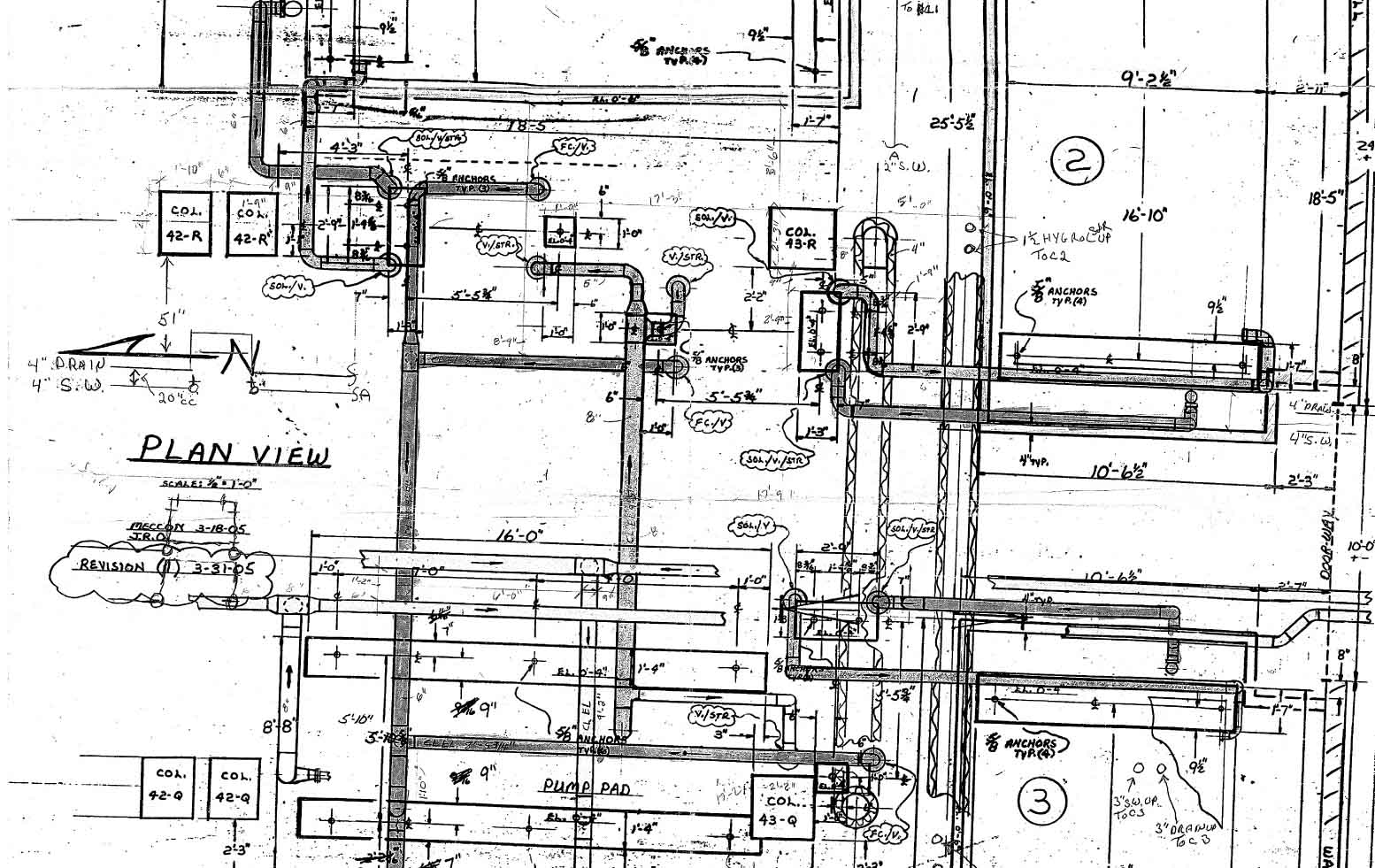“So I put the, uh, the rubber doohickey into the hole, but then I couldn’t get a good grip on the, uh, the stick-y part there.
Plungers are some of the most common – and most effective – DIY plumbing tools out there; in fact, we’d recommend that each household have two. But while most of us own plungers, and even more of us know how to use them the right way, plenty still don’t know how to describe the parts of their plunger, let alone how each piece of the tool actually works.
Wonder no more! Let’s talk plunger parts and functionality!
The long, smooth part of the plunger that you grip is called thehandle; traditionally, plunger handles were made of wood, but you’re now just as likely to find plastic, metal, and glass handles on store shelves.
The rubber dome at the end of the handle is called the cup. Admit it: You’re picturing a red rubber cap right now, aren’t you? The cup is what is responsible for making a tight seal around a drain, allowing you to force water up and down – the pressure from which, eventually, dislodges your clog. While most cups look like half-circles, there can be variations; your cup may, for instance, look more like a bell, with ridged sides and a smaller opening, or it may have straighter sides for a more forceful plunge.
If you notice a protrusion at the base of your plunger – or if you can fold out the cup to create a rubber flap – then you’ve got a flange. We should note here that some people also use the term “flange” to refer to the rim at the base of the plunger cup.
Now that you’ve identified the parts of your plunger, it’s important to bear in mind that not all plungers are created equal; in fact, they were designed with different jobs in mind. Flange plungers, with their flaps and wider cups, are specifically intended for use with toilets, where they can fit snugly into the bottom of the basin and ensure maximum suction.
Cup plungers, on the other hand, won’t necessarily be able to form as perfect a seal in a toilet. Don’t throw your old cup plunger out just yet, though! Instead, cup plungers work best wherever you’re working with a relatively flat surface, including kitchen and bathroom sinks, floor drains, and bathtubs.
Whichever type of plunger you’re working with, be sure that it’s in good condition by regularly giving it a once-over; if you notice any cracks or tears, then it may be time to replace your plunger, as it may no longer be able to form the tight vacuum necessary to work out your clog.
What’s more, whether you’re attempting to tackle a clog in your shower, sink, or toilet, it’s important to make sure there’s enough standing water for your plunger to work properly – at least an inch or two. Without this water, the plunger will compress and absorb the shock of your movement, rather than passing the force along to the clog. If there isn’t enough water to submerge your plunger, try adding water from a bucket until enough is present for your tool to be able to form a wet seal.
Our last plunging point of order has to deal with chemicals: We always recommend avoiding chemical drain cleaners whenever possible, but we particularly advise against using your plunger after attempting to use a chemical drain cleaner. The backsplash created by plunging aggressively could get those dangerous chemicals on your clothes, skin, or eyes.
On the other hand, there is one household solution that you may want to consider using in tandem with your plunger: petroleum jelly! Smearing a bit of petroleum jelly on the lip of your cup plunger may help you achieve a tighter seal, making your next job even easier.
Have any more questions about plungers or dealing with an unwanted clog? Are you ready to call in a professional to tackle a particularly stubborn blockage? Whatever your needs, Combat Plumbing is here to help, day or night! Drop us a line today!














